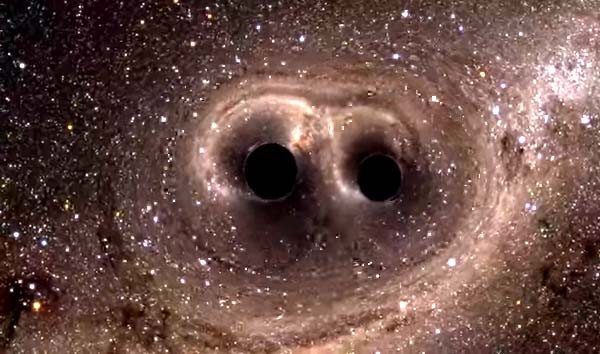Black holes have been theorized for a little more than a century. In 1915, Albert Einstein developed his famous theory of general relativity, which sparked the search for these elusive celestial objects. Nevertheless, despite the hundred years of research, black holes are still shrouded in mystery. In fact, less than a week ago, scientists discovered another black hole related phenomenon that have left them baffled.
In June 8, scientists from Chile detected clouds of cold gas going towards the center of a massive black hole, about 1 billion light years away from earth. According to MIT News, the said clouds are travelling at a whopping 355 km per second into the middle of the black hole's bottomless center.
Using the ALMA telescope located in Chile's Atacama desert, the team of scientists detected the pile of carbon monoxide cloud 300 light years away from the hole. In astronomical terms, 300 light years means that the cloud is about to be devoured by the massive astronomical anomaly.
"It was magical being able to see evidence of these clouds accreting onto the supermassive black hole. This is telling us more about what [supermassive black holes] like to eat and how they evolved," quipped Timothy Davis from Cardiff University as reported by The Guardian.
The phenomenon was discovered ultimately by mistake. Upon discovering the black hole, the team who were conducting research at the Atacama Desert set out to measure how many stars are born in the galaxy. According to Davis, his team used the black hole as a back light. In doing so, they discovered the shadow of the controversial clouds.
"So what we see in this case is the shadow of the clouds as they fall into what's the black hole ... they're between us and the black hole so they blank out some of this light," explained Davis in the same report from The Guardian.
A black hole is quite simply a celestial object that exhibits a massive amount of gravitational force; massive enough that nothing can escape from inside it. At present, definitive observation of a black hole has yet to be achieved.



























